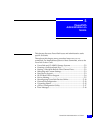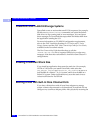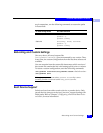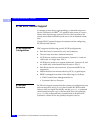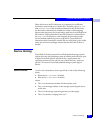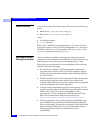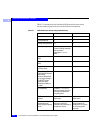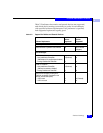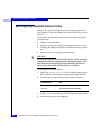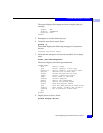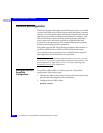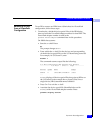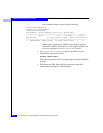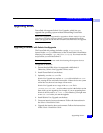
5
5-8
PowerPath for UNIX Installation and Administration Guide
PowerPath Administration on Solaris
Table 5-1 summarizes the functional differences between native
devices and emcpower devices in the Solaris environment.
Table 5-1 Native Devices versus emcpower Devices
Function Native Device Pseudo Device
I/O failover
✔
✔
I/O load balancing
✔
✔
Booting: boot-path failover
No
✔
Reboot (reconfiguration)
✔
(Partial support)
If a path is missing, PowerPath
does not create a
“replacement”
c
#
t
#
d
#
device.
✔
(Full support)
Support for VxVM sliced
disks
✔
No
Support for VxVM simple
disks
✔
✔
Support for Solaris disk
partitions (slices)
✔
✔
Support for interaction
with VxVM DMP (Dynamic
MultiPathing)
(When using PowerPath
4.0.0, you can manage a
CLARiiON
®
storage
system with either
PowerPath or DMP, but
not both.)
✔
✔
DR transparency Limitations —
c
#
t
#
d
#
s
#
paths are removed, which can
be disruptive to applications
using those paths.
✔
IOCTL deterministic path
selection
✔
(PowerPath selects the
specific path.)
No (PowerPath selects an
arbitrary path.)
PowerPath’s No Redirect
load-balancing and
failover policy (transparent
mode)
Native devices deliver I/O to the
path where it would go if
PowerPath were not installed. If
that path fails, I/Os fail.
Pseudo devices select a
configured path for all
subsequent I/O. If that path
fails, I/O to the pseudo
device fails.




